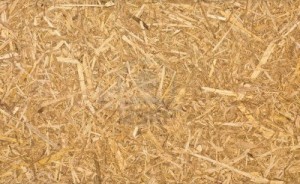We use cookies to make your experience better. To comply with the EU GDPR e-Privacy directive, we need to ask for your consent to set cookies. Learn more.
Monthly Archives: May 2013
-
23 MayRead more »
The aim of this article is to explain the unique attributes of the different finishes for hardwood floors, in order to help you choose the right type according to your own personal taste and needs. Each wood floor finish has its own benefits and appearances. Your final decision will determine how your surface should be cleaned and maintained.
-
14 MayRead more »
Maintenance oil for wood flooring covers two key elements that will keep your wood floor looking great for a long time. If your wood floor comes with an oiled finish you will need to apply periodically a maintenance oil to enhance its beauty and longevity. Hence, it is extremely important to pay attention to your floor's needs on a regular basis.
 Image courtesy by fantastic-floor.com
Image courtesy by fantastic-floor.com
-
9 MayRead more »
 Image courtesy by moderncarpetone.com
Image courtesy by moderncarpetone.com
Different wood floor installation techniques are required for each type of floor. Considering you are already aware of the benefits that wood flooring comprises over other kinds of floors, it is now time to move onto the installation process, and more specifically to the different wood floor installation techniques that you'll need to apply according to each type of floor.
-
3 MayRead more »
Fibreboard is an engineered wood wallboard made of wood chips, plant fibres, softwood flakes, sawdust and other recycled materials such as cardboard or paper, all bonded with a synthetic resin under high pressure and heat and then compacted into rigid sheets.
 Image courtesy by fordaq.com
Image courtesy by fordaq.com
-
2 MayRead more »
Definition of acrylic sealant:
Acrylic sealant is a synthetic, water-based ingredient made from acrylic resins, used for caulking, jointing and filling cracks and gaps mainly in the construction industry, but not only.

